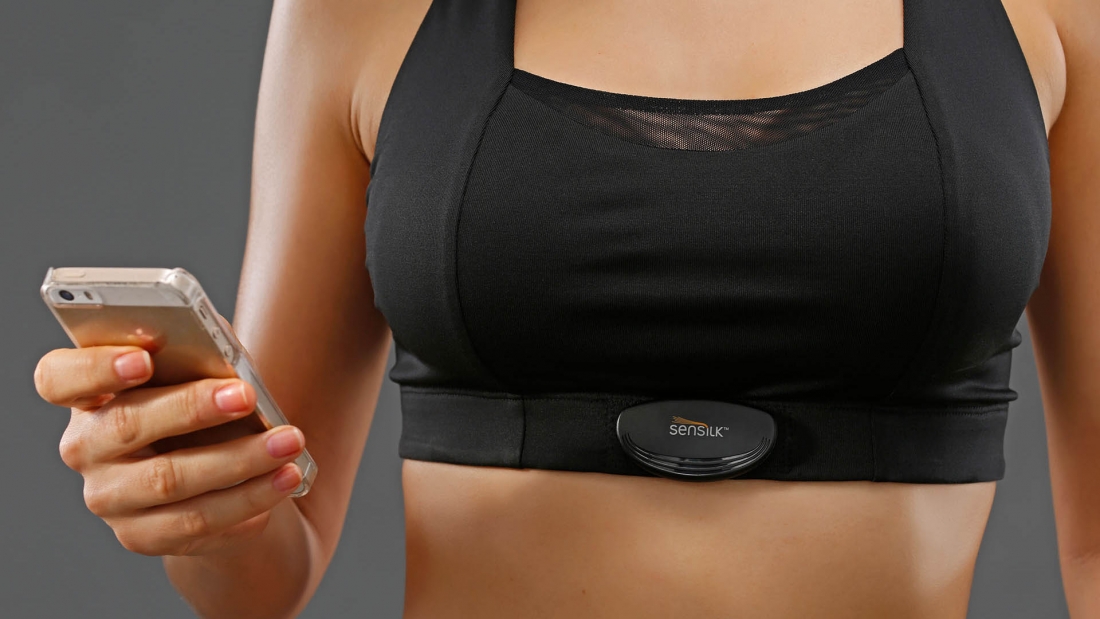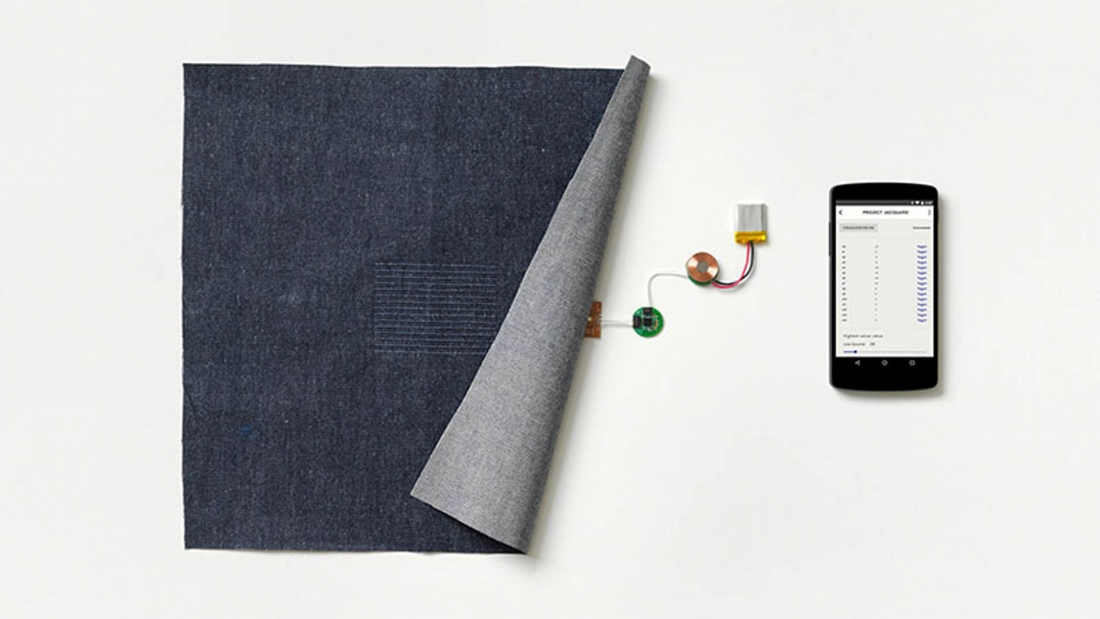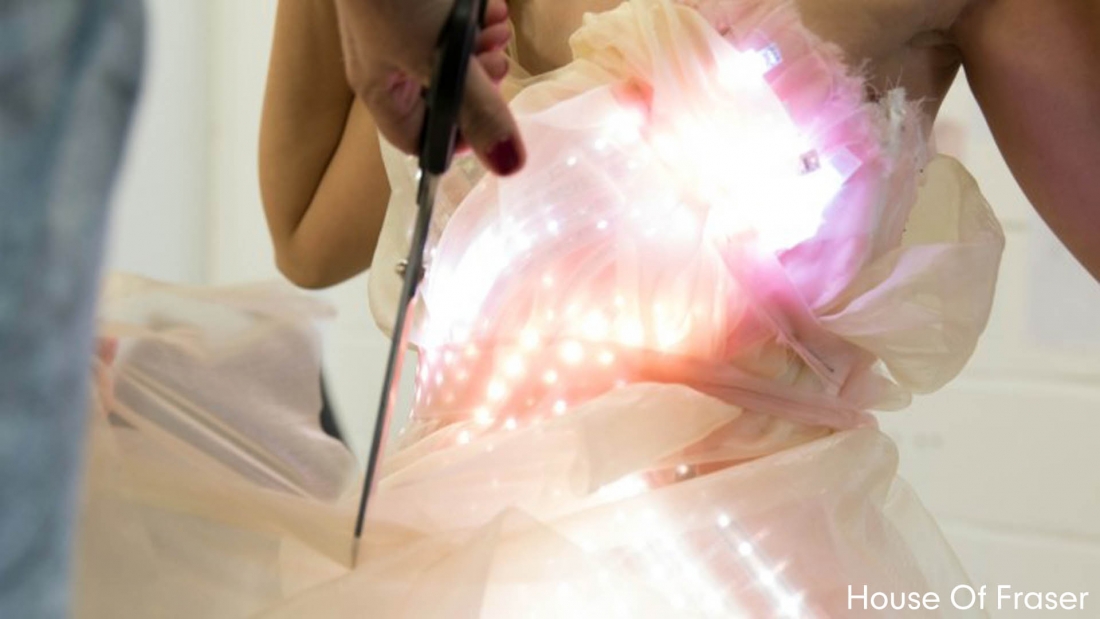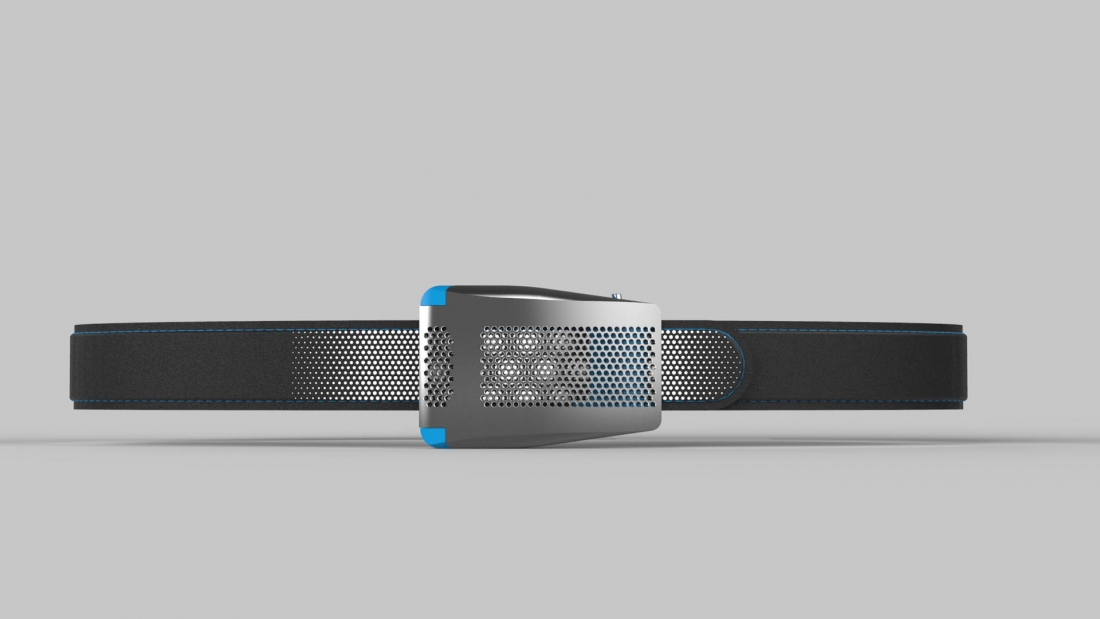Sensilk Sports Bra With Integrated Fitness Tracker Launches
In order for a fitness tracker to be integrated into a men’s shirt, the shirt has to be tight and form fitting. Women luckily don’t have that issue since the tight fitting band of their sports bra can be used. Sensilk is looking to capitalize on that with their “smart” sports bra. The bra utilizes sensors to monitor heart rate, distance, breaths per minute, and calories burnt. It also monitors heart rate recovery and heart rate variability to track your overall fitness level. The bra collects all of the data through a small module on the front of the garment and transmits it via Bluetooth to your phone, providing unique data summaries before, during, and after the workout. While the bra doesn’t sound as full featured as some of the smart shirts on the market, the companion app looks stellar. It seems to be designed to present as much usable information to the wearer as possible, including an overall fitness score. As an interesting side note, Hap Klopp, the founder of North Face, is one of the company’s advisors. The Sensilk Take Flight Bra cost $140 and has just started shipping. Head past the break for a video:
Continue reading











